An overview of music note ciphers
How can musical notes be used to encode a secret message? People have been dealing with this question for centuries. Today I want to present some examples.
Anyone who studies the hidden transmission of secret messages (steganography) will sooner or later come across the idea of encoding letters using musical notes. The idea for this is already several centuries old, and of course there is a chapter on it in my book “Hidden Messages – The Fascinating History of Steganography”.
Obviously, one could use the note names A, B, C, D, E, F, G for coding (for some reason, the B is called H in Germany), but this is not sufficient. After all, it can be used to encode the sequence of letters B-A-C-H, which is known to have been done by Johann Sebastian Bach.
One can also arbitrarily assign a letter to each note (for example, a half C note can stand for the A and a half D note for the B), but a piece generated in this way sounds rather strange. A censor knowledgeable in music would immediately become suspicious.
Over the centuries, numerous musical note ciphers of varying quality have been created, but I am not aware of any systematic overview to date. This article is therefore intended to provide a basis for such an overview. I will present a few examples below, and hope to compile an ever-growing list through the suggestions of my readers as well as my own research.
John Wilkins
Let’s start with a very simple example. The priest and cryptologist John Wilkins (1614-1672) developed the following code in the 17th century:
Daniel Schwenter
A similar code was also proposed in the 17th century by the polymath Daniel Schwenter (1585-1636):
The following piece contains a message encoded in this way:
Gustavus Selenus
August II. von Braunschweig-Wolfenbüttel (bekannt auch unter dem Pseudonym Gustavus Selenus) schuf die folgende musikalischen Nachricht:
At the suggestion of blog reader Gerhard Strasser, an orchestra in the USA has recorded this piece:
The message is hidden in the yellow marked lines.
Maurice de Raoulx
In October 2020, I blogged about a musical note cryptogram by composer and musician Maurice de Raoulx from 1854:
Blog reader and jazz musician Henning Wolter thankfully recorded the beginning of this piece on piano. It doesn’t sound like much of a hit.
My readers have found out quite a bit about the background of the piece, as you can see from the comments to the linked article. To my knowledge, however, it is still not known what message is hidden here.
William and Elizebeth Friedman
Another example of a musical note cipher is the following Christmas card written by cryptologists William and Elizebeth Friedman in 1933:
The bottom right explains how the code works. Two notes played at the same time stand for one letter. The message is: HOLIDAYS ARE HERE AGAIN WE SING OUR SONG OF CHEER AGAIN.
Using a music notation program set this piece to music:
A masterpiece certainly sounds different. Nevertheless, such a sheet of music should not immediately arouse suspicion.
Nils Kopal
Cipherbrain reader Nils Kopal also developed a music note cipher last year. It can be used with the software CrypTool. The details are explained in the following video:
The following piece was created using the corresponding CrypTool function:
As you learn in the video, Nils has offered a prize for the solution of this cryptogram. However, this has been found in the meantime.
More music note ciphers
There are of course many more music note ciphers. I will certainly extend this list soon. In addition, I am glad about corresponding hints.
If you want to add a comment, you need to add it to the German version here.
Follow @KlausSchmeh
Further reading: Double Bottom: Ein kryptomusikalisches Gewinnspiel
Linkedin: https://www.linkedin.com/groups/13501820
Facebook: https://www.facebook.com/groups/763282653806483/

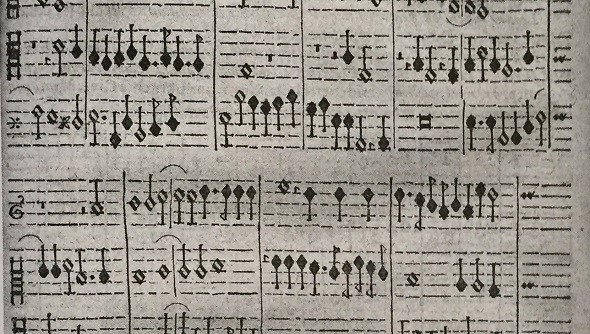
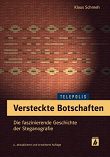

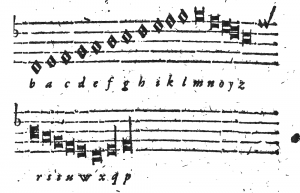
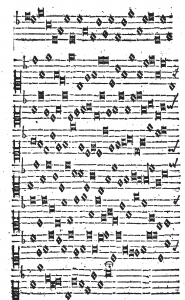
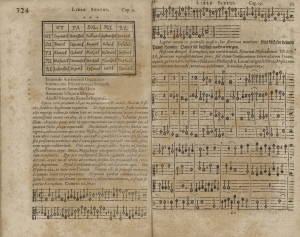
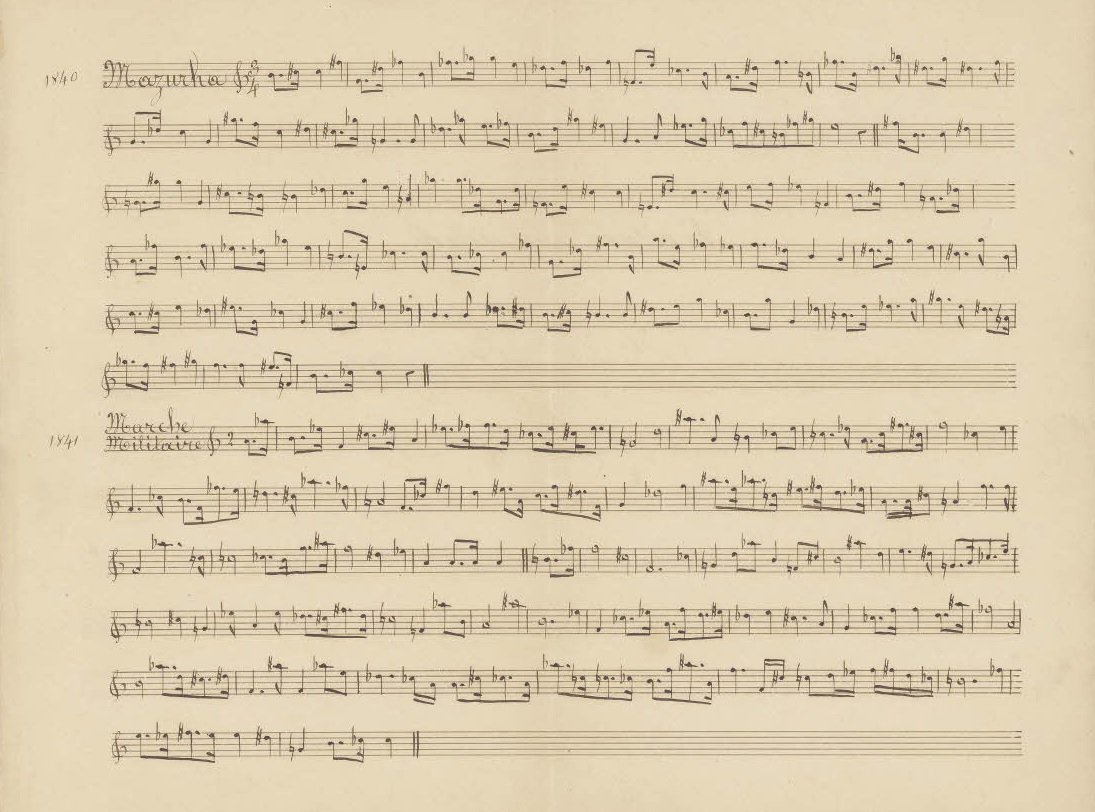
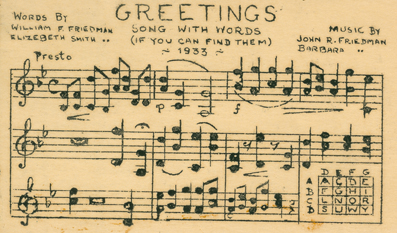
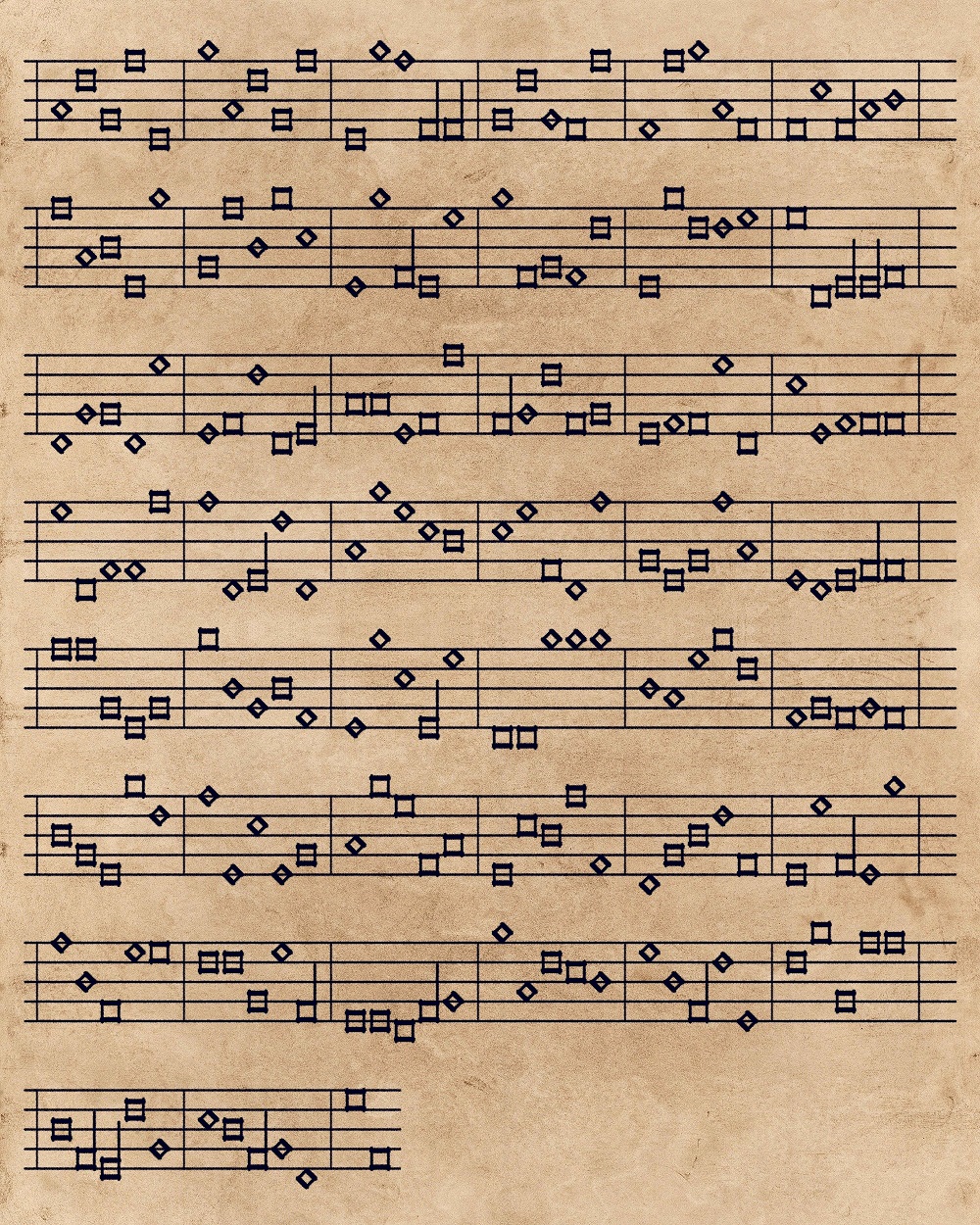

Letzte Kommentare